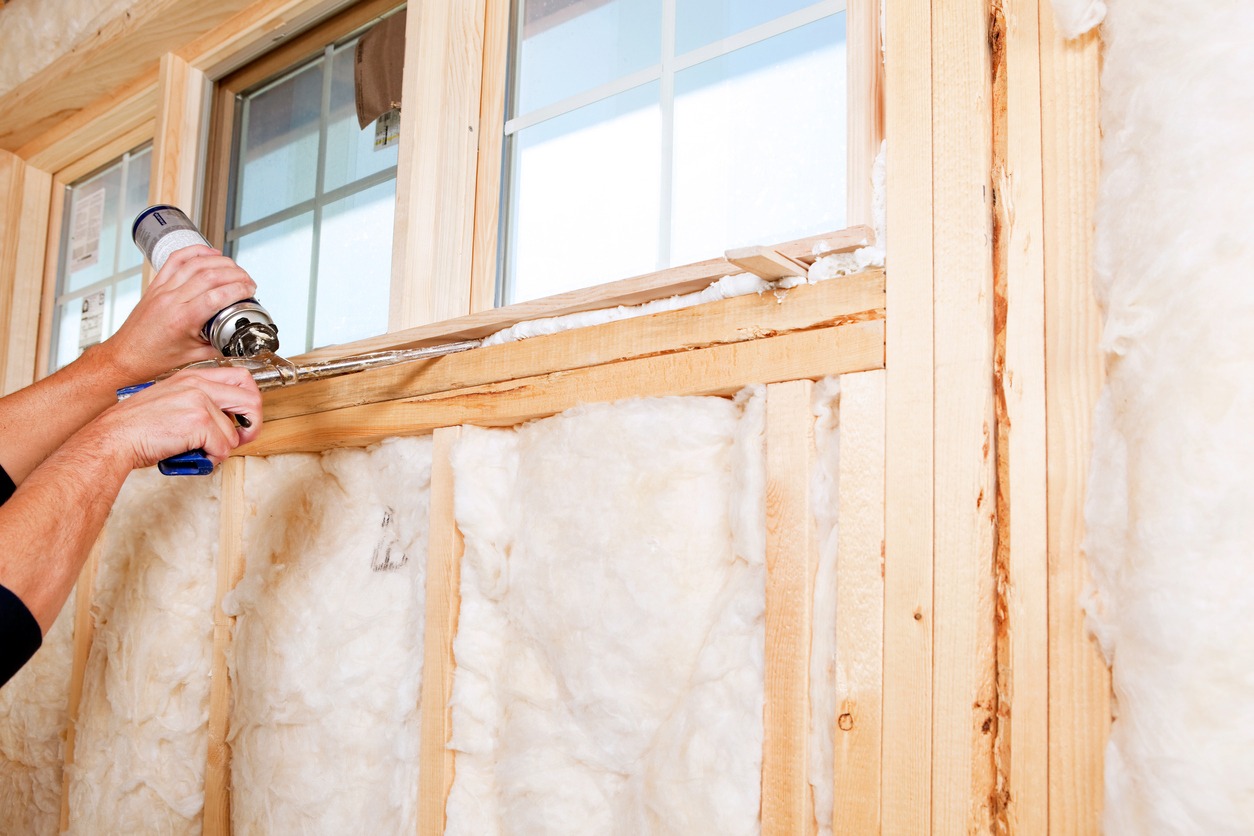Spray foam insulation is one of the most popular ways to insulate a home or business. It’s also used in a number of other applications, such as interior walls, roofs, and more. Spray foam insulation is made up of two components: gas and liquid. The gas component is released into the air during the process of spraying this insulation. The liquid component spreads out over the surface area and forms a layer of insulation that traps heat inside homes or buildings. This helps to keep homes and buildings warm in cold weather. In addition to trapping heat, spray foam insulation also has several advantages when it comes to sound reduction and fire protection. However, there are some disadvantages associated with it as well. To find out how spray foam insulation works and how to get it off your walls.
How to Get Spray Foam Insulation Off Walls
To get spray foam off walls, you can use a mixture of water, dish soap (or any other mild detergent), and honey in equal parts. Then mix until evenly mixed before using it on your wall. Apply this mixture onto the spray foam and allow it to sit for about 10 minutes before scrubbing it off with your hand or using a wet rag or sponge. Wear gloves while scrubbing in order to protect your skin from being injured by the detergent solution that remains on the wall after you’re done cleaning up.
Advantages and disadvantages of spray foam insulation
Spray foam insulation is a great way to insulate concrete and other surfaces. It’s easy to use, requires no special construction techniques, and is very effective at trapping heat. It also has some advantages over regular insulation in that it can be sprayed on top of existing walls and ceilings and provide soundproofing and fire protection. However, there are some drawbacks associated with spray foam insulation too. If you’re considering using spray foam insulation, keep the following in mind when deciding if it’s right for your project.
How spray foam insulation works
Spray foam insulation provides several benefits, such as keeping homes and buildings warm in cold weather and providing sound reduction. However, it does have some disadvantages to consider as well. Spray foams are made up of two components: gas and liquid. The gas component is released into the air during the process of spraying this insulation. The liquid component spreads out over the surface area and forms a layer of insulation that traps heat inside homes or buildings. This helps to keep homes and buildings warm in cold weather. In addition to trapping heat, spray foam insulation also has several advantages when it comes to sound reduction and fire protection. However, there are some disadvantages associated with it as well. Find out how spray foam insulation works here!
The future of spray foam insulation
Spray foam insulation has become a popular insulator in recent years. It’s not only used on the exterior of homes, but it is also used to insulate the inside walls of homes and buildings. Spray foam insulation is a great way to make sure that your home or building stays warm in cold weather. However, there are some disadvantages to spray foam insulation as well. Some people have reported issues with health concerns and reduced sound levels when using this product. There have also been cases of fire spread due to the gas component involved in its production process. Despite these problems, spray foam insulation is still an effective way to keep your home warm and insulated for colder conditions.
Conclusion
Spray foam insulation is also referred to as “foam insulation.” It is a type of insulation that can be sprayed onto a surface, adding insulation value and improving energy efficiency. If you’re considering spray foam insulation for your home, you may be curious about why it’s so popular.
Spray foam insulation is popular because it is inexpensive, non-toxic and can be used on most surfaces. This type of insulation is easy to install, and it also improves energy efficiency. Spray foam insulation is also used in commercial buildings, such as schools and shopping centers.

